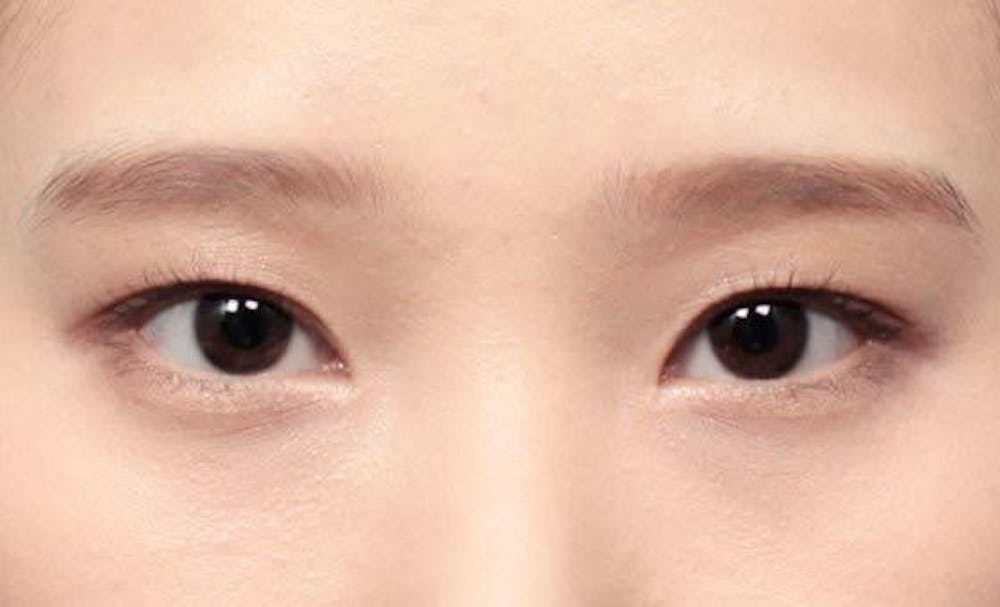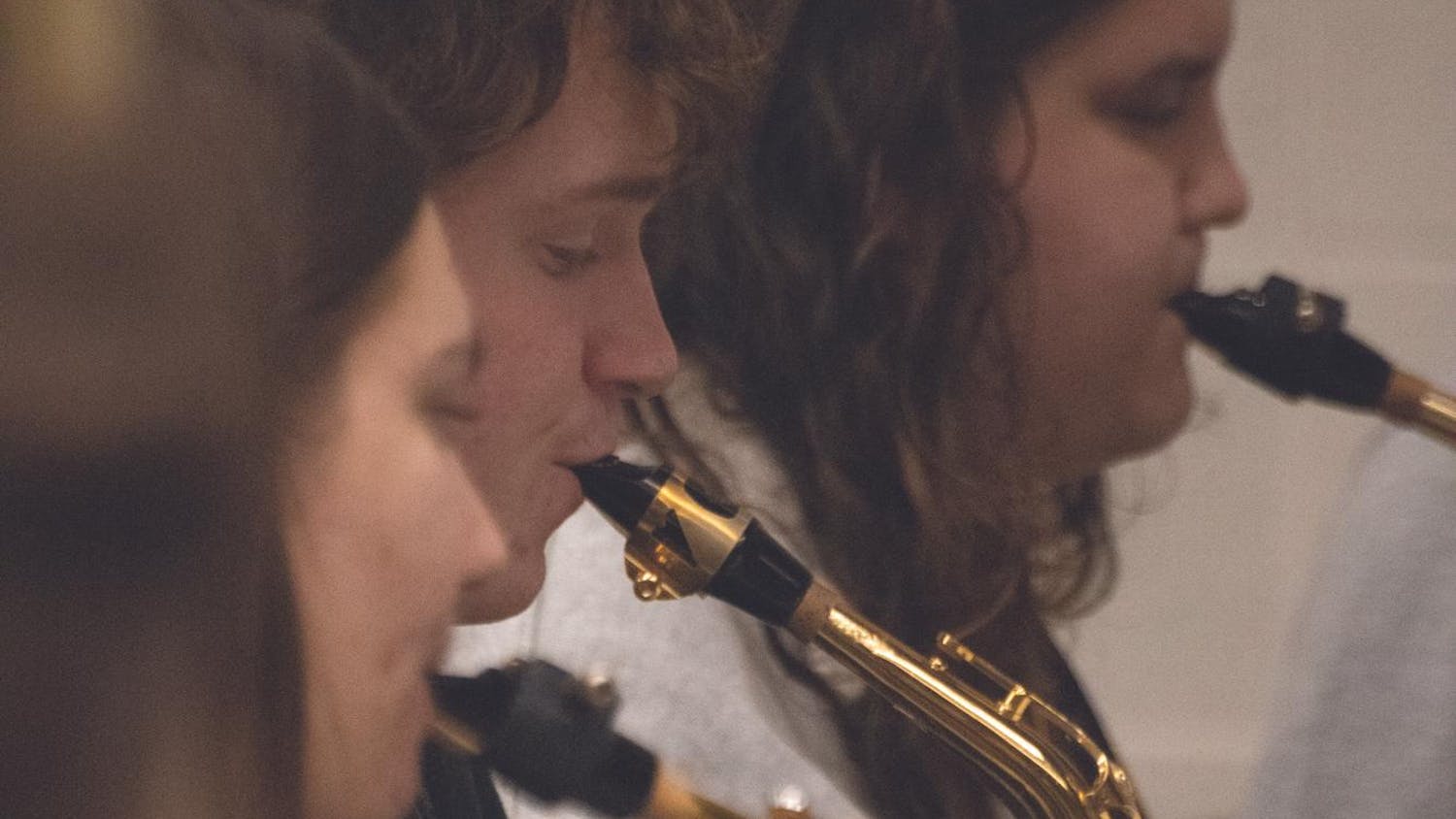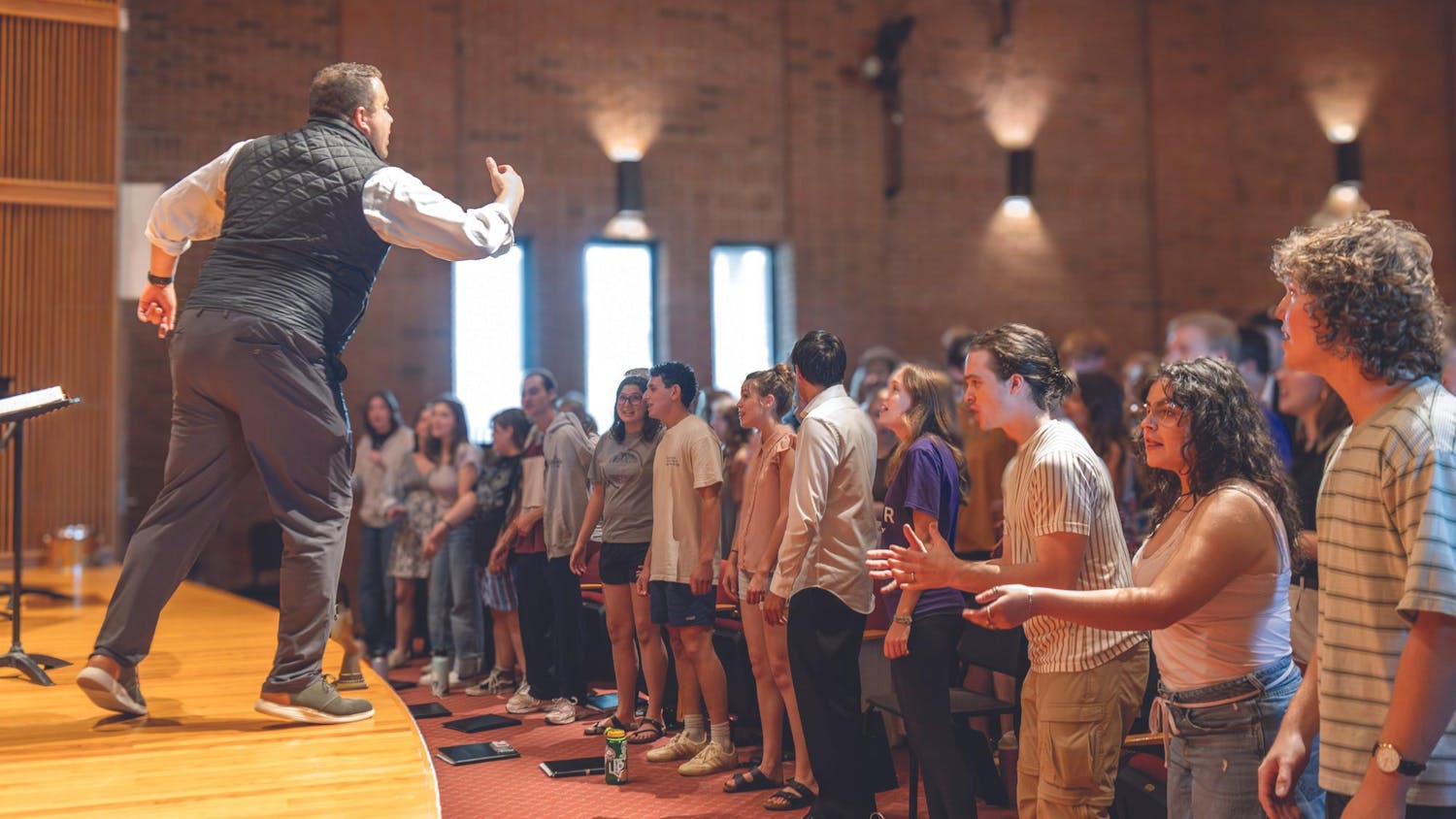When Korean exchange student Haein Do was 16, she underwent double eyelid surgery.
Double eyelid surgery creates an eyelid crease, resulting in a larger and more symmetric, almond-shaped eye according to Stanford Medicine’s website.
Do’s case isn’t unique back in Korea.
According to the Economist, 1 in 5 Korean women have undergone plastic surgery, compared to just 1 in 20 in the United States.
“I think I personally know around 10 people who have had plastic surgery,” Yena Jeong, senior Korean exchange student, said.
Some of the factors behind these numbers are that cosmetic surgery in South Korea is ingrained in societal norms, cultural standards and the entertainment industry.
Senior Korean exchange student Kim Baekgyu said that the impact of K-pop idols, culture and social networks were factors behind the high rates of cosmetic surgical procedures. Additionally, shows like “Let Me In” that focused on doing complete make-overs like plastic surgery normalized procedures for the Korean masses according to Dutch national television station NPO 1.
Do agreed that social media networks like Instagram and Facebook promote slim body shapes to teenagers.
Baekgyu’s younger brother felt the effects of the pressure of Korean society. Baekgyu said that his younger brother suffered from an inferiority complex due to the size of his eyes. He saw getting a double eyelid surgery as a way to be more confident in himself.
His parents were initially against him getting the procedure, but his insistence wore them down. He got surgery at the age of 21.
“He feels better than before,” Baekgyu said.
In a survey administered by Gallup, plastic surgery has become more accepted in Korea over the past few decades. Of the 1500 Koreans surveyed in 1944, 38% agreed that a woman can get plastic surgery for marriage. Of those surveyed in 2015, 66% agreed as well.
The normalization of cosmetic surgery goes back to the Asian Financial Crisis of 1997 when the unemployment rate rose from 2.61% to 6.8% according to Brookings. Approximately 1 million technicians and unskilled workers lost their jobs and were the most severely affected groups of individuals.
In South Korea, job applicants across all sectors have traditionally been required to include a photo of themselves in applications; one study found that 80% of job recruiters in South Korea stated that physical appearance was an important factor in screening candidates.
Consequently, the Asian Financial Crisis resulted in many patients resorting to plastic surgery as job opportunities became scarce and workplace competition increased.
Conversations about appearance are not foreign in Korean churches either, as seen in Do’s story.
“I had people say, even in churches, that my eyes were really small,” she said.
That, along with constant remarks on her eyes from friends and family members, led her to have the double eyelid procedure done at the age of 16.
Do said that after the surgery, boys would tell her that she looked prettier than before.
“I gained confidence since the surgery.” said Do, “I got higher self-esteem.”
She hastened to say that she wouldn’t get any more procedures done on her face.
Do is wary of the danger of becoming a “Gangnam Miin” — people who become addicted to getting multiple surgeries. The name originates from those who frequent the multiple cosmetic and plastic surgery clinics in the Gangnam-gu district in Seoul.
Jeong said that some of the side effects of having even a single cosmetic procedure done include possibly getting addicted or not getting the result that the patient wants and thus desiring more procedures to correct it.
Dissatisfaction is common due to the abundance of "ghost surgeries" where unlicensed individuals substitute the qualified surgeon in an operation.
According to the Korean Society of Plastic Surgeons, ghost surgeries are "rampant" in the South Korean cosmetic surgery industry. Ghost doctors are often unlicensed and unqualified to perform the operations they are hired for, with some plastic surgeries being performed by dentists, nurses or salespeople.
The Korean Society of Plastic Surgeons estimated that there were about 100,000 victims of ghost surgery in South Korea between 2008 and 2014.
Baekgyu cautioned against setting one’s appearance over God.
“Sometimes appearance can be an idol in our lives,” he said.
The convergence of cultural, social and economic factors continues to shape South Korea's cosmetic surgery landscape. While attitudes may be shifting towards greater acceptance, the risks and ethical implications remain significant.
As individuals navigate the complexities of beauty ideals and personal identity, the conversation surrounding plastic surgery in South Korea is far from over.





